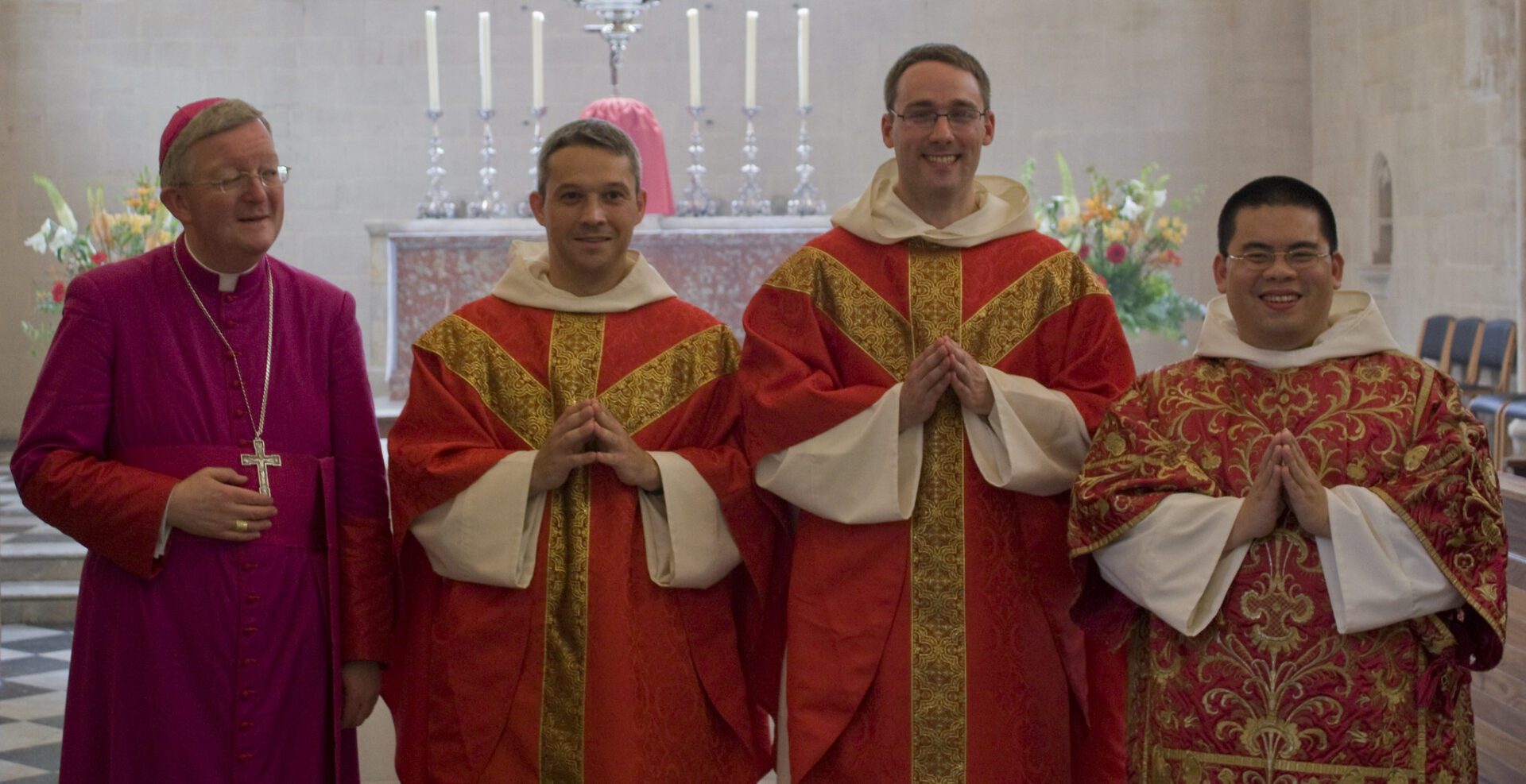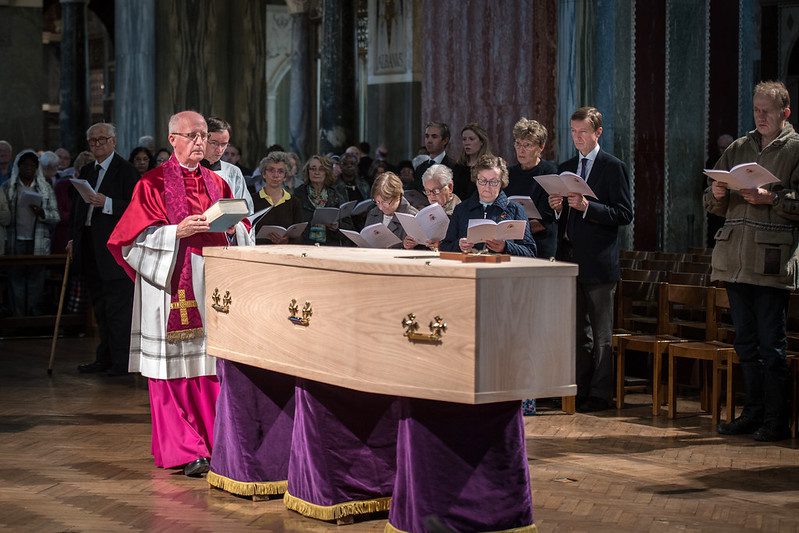A: The beginning of the Easter Vigil is governed not by a clock, but by the sacramentality of light and darkness. It is the contrast of the new fire against the backdrop of “nightfall” that the signs of darkness and light become meaningful. Indeed, as the priest lights the Paschal Candle on that most holy night, he invokes these signs: “May the light of Christ rising in glory dispel the darkness of our hearts and minds” (see 1 Peter 2:9).
The rubrics governing the Easter Vigil specify the circumstances in which this liturgy is to begin and end: “The entire celebration of the Easter Vigil must [debet] take place during the night [noctis], so that it begins after nightfall [initium noctis] and ends before daybreak on the Sunday” (Roman Missal, The Easter Vigil, 3, emphasis added). Since the 1967 document from the Congregation of Rites Eucharisticum Mysterium asserts that the Easter Vigil is not to be celebrated “before dusk, or at least certainly not before sunset” (28), some have used sunset or dusk as their rule. However, in 1988 the Congregation for Divine Worship gave a direct interpretation to the above Easter Vigil rubric: “‘The entire celebration of the Easter Vigil takes place at night. It should not begin before nightfall; it should end before daybreak on Sunday.’ This rule is to be taken according to its strictest sense. Reprehensible are those abuses and practices which have crept into many places in violation of this ruling, whereby the Easter Vigil is celebrated at the time of day that it is customary to celebrate anticipated Sunday Masses” (Paschalis Sollemnitatis: “Circular Letter on Preparing and Celebrating the Paschal Feasts,” 78, emphasis added). Commenting on the same rubric and lending a practical rule of thumb to this theoretical strictness, the United States Conference of Catholic Bishops’ Secretariat of Divine Worship has this: “pastoral planners should contact local weather stations for the time sunset will occur. Another 45 minutes or one hour should be added to that time in order to determine the approximate time of nightfall.”
As indicated above, from a ritual standpoint, this strictness is rooted in the nature of the liturgy’s play between the symbols of light and darkness. When the deacon chants the praises of the Paschal Candle, he prays that, as it burns, it might “overcome the darkness of this night” (19). If the Easter Vigil begins while it is still light or even twilight, many of the prayers and accompanying symbols lose much of their force and make little sense. Indeed, as the rhythmic melodies of the deacon’s chant, “This is the night…,” wash over us, darkness is the quality that should govern the time “nightfall” begins.


